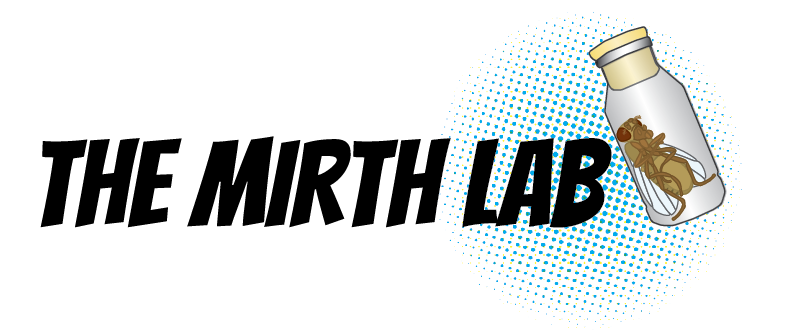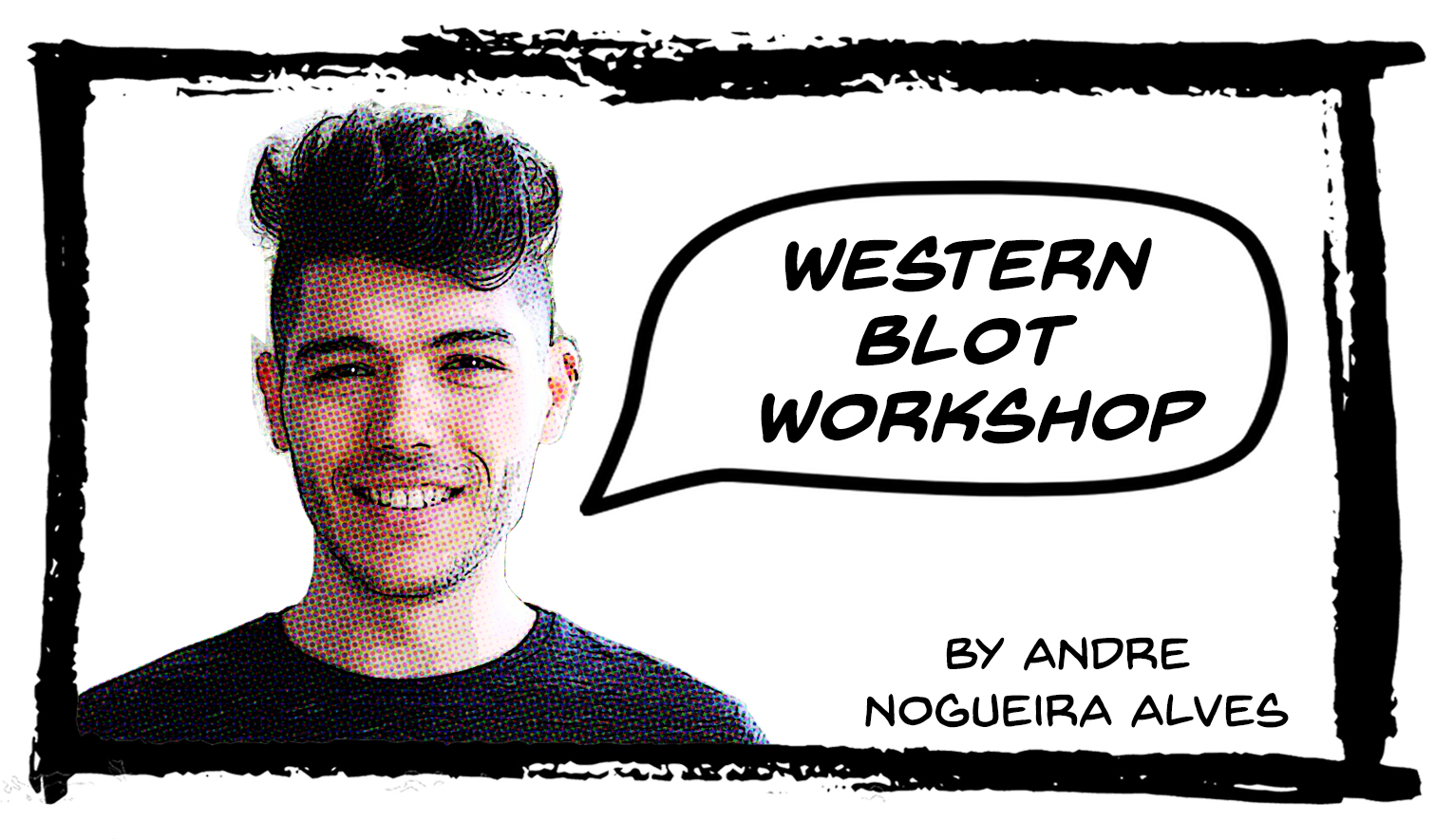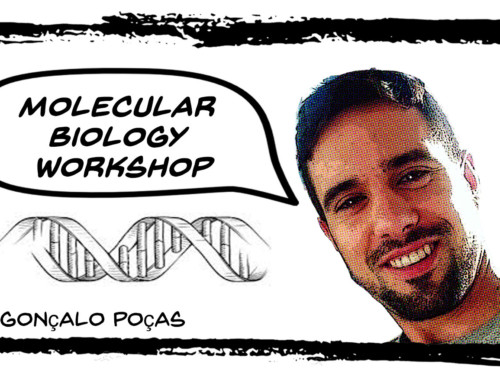Western Blot Workshop
What is a western blot?
- It’s a technique that detects specific proteins through the use of antibodies. It’s similar to immunocytochemistry protocols, but it stains proteins while running them in a gel.
- It’s useful for:
- Protein localisation
- Protein processing
- Protein activation
Before starting, make sure you have a loading control. This will help you see if you loaded enough protein to get any results.
Steps:
1 – Get the protein!
Extraction from a sample and denaturation, followed by SDS (which charges proteins evenly, important for running in a gel).
2 – SDS-PAGE
Separation of proteins through a gel. This gel is composed by two different parts, a stacking gel, that stacks all samples, and a separating gel which, as the name says, will separate proteins by their molecular size.
3 – Transfer from gel to membrane
An electric current is needed for this step. But instead of being from one side of the gel to the other (as the previous step) is from the gel to the membrane. There are two types of transfer:
- Wet transfer – The transfer is done immersed in buffer;
- Semi-dry buffer – All the components are soaked in buffer, but the transfer is done in a dry environment.
4 – Blocking
Essential step to avoid unspecific binding from antibodies to proteins or the membrane.
5 – Primary and Secondary antibody staining
Just like an immunocytochemistry protocol, but the secondary antibody also has HRP (see next step to understand what is HRP).
6 – Protein detection
HRP is a molecule which will oxidase luminol, giving luminescence. If needed the sample can be “re-probed” with other antibodies, as long as the current antibodies are removed through washing the membrane in boiling water.
7 – Analysis
The amount of protein in each band is directly correlated with its brightness.
There are several variations for a western blot:
- Coomassie staining – Another type of staining during the 2nd step (SDS-PAGE) to stain proteins as blue bands, allowing the visualization on a clear background.
- Pull-downs – Used to concentrate the protein of interest, in case the normal protocol doesn’t provide enough protein.
- CoIP – Detects proteins that interact with the protein of interest.
Scribe – André
People present: Ansa, Christen, Celina, Gonçalo, Michelle, Alex, Mark







